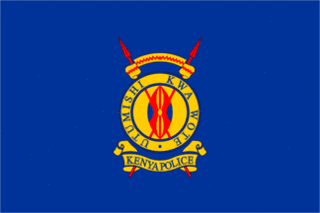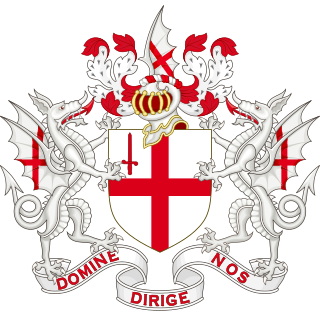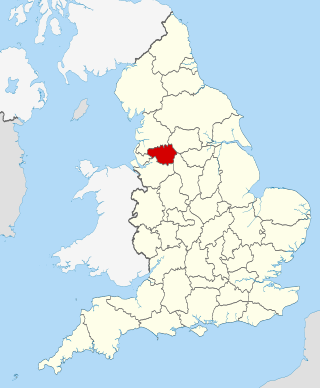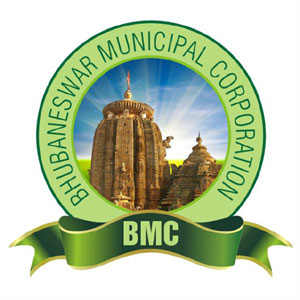In England, local authorities are required to adopt one of three types of executive arrangements, having an "elected mayor and cabinet", a "leader and cabinet", or a "committee system". The type of arrangement used determines how decisions will be made within the council. In councils which use the elected mayor system, the mayor is directly elected by the electorate to provide political leadership for the council and has power to make executive decisions. In councils which use the leader and cabinet model, the elected councillors choose one of their number to be the Leader of the Council, and that person provides political leadership and can make executive decisions. Where the committee system is used, executive power is exercised through various committees rather than being focussed on one person. Many councils which use the committee system still nominate one of the councillors to hold the title 'Leader of the Council', albeit without the same powers as a leader under the leader and cabinet model.
The Winnipeg City Council is the governing body of the city of Winnipeg, Manitoba, Canada. The Council is seated in the Council Building of Winnipeg City Hall.

The government of the City of Chicago, Illinois, United States is divided into executive and legislative branches. The Mayor of Chicago is the chief executive, elected by general election for a term of four years, with no term limits. The mayor appoints commissioners and other officials who oversee the various departments. In addition to the mayor, Chicago's two other citywide elected officials are the City Clerk and the City Treasurer.

The municipal government of Toronto is the local government responsible for administering the city of Toronto in the Canadian province of Ontario. Its structure and powers are set out in the City of Toronto Act.

Corruption in the government of Kenya has a history which spans the era of the founding president Jomo Kenyatta, to Daniel arap Moi's KANU, Mwai Kibaki's PNU governments. President Uhuru Kenyatta's Jubilee Party government, and the current William Ruto's Kenya Kwanza administration has also been riddled with massive cases of graft.

The Gaborone City Council is the governing body of the city of Gaborone, Botswana. In terms of generated revenue, it is the wealthiest council in Botswana. It is composed of 30 councillors representing the wards of Gaborone.

The Kenya Police Service is a national body in charge of law enforcement in Kenya. It is subordinate to National Police Service which is headed by Inspector General of Police who exercises independent command over the Service. Kenya Police is headed by Deputy Inspector General. Kenya Police is divided into Service Headquarters in Nairobi, Formations, General Duty Commands and Training Institutions.

Kajiado County is a county in the former Rift Valley Province of Kenya. As of 2019, Kajiado county spanned an area of 21,292.7 km2, with a recorded population of 1,117,840. The county borders Nairobi and to its south it borders the Tanzanian regions of Arusha and Kilimanjaro. The county capital is Kajiado, but the largest town is Ongata Rongai. Its main tourist attraction is its wildlife.

Local authorities in Kenya are the bodies controlling local governance in urban areas in Kenya.
The United Nations Office at Nairobi in Nairobi, the capital of Kenya, is one of four major United Nations office sites where numerous different UN agencies have a joint presence. Established in 1996, it is the UN's official headquarters in Africa.

The Christchurch City Council is the local government authority for Christchurch in New Zealand. It is a territorial authority elected to represent the 396,200 people of Christchurch. Since October 2022, the Mayor of Christchurch is Phil Mauger, who succeeded after the retirement of Lianne Dalziel. The council currently consists of 16 councillors elected from sixteen wards, and is presided over by the mayor, who is elected at large. The number of elected members and ward boundaries changed prior during the 2016 election.
John G. M. Mwirichia is a Kenyan politician and businessman. John Mwirichia began involvement in politics in 1992 during the struggle of multiparty democracy in Kenya and was in the forefront of the then Ford party to ensure that Kenya did not remain a one-party state. When multiparty was finally achieved, he went on to be elected Ford-Kenya chairman Nairobi branch and has since held various positions in the party. Mwirichia's identification with the mwananchi has endeared him to Kenyan hearts. Especially notable is his current struggle for a socialist nation where all Kenyans including those in power such as the president and members of parliament pay their taxes.

Margaret Wambui Kenyatta was a Kenyan politician. She was the daughter of the first President of Kenya, Jomo Kenyatta, and his wife Grace Wahu. She served as the mayor of Nairobi from 1970 to 1976 and as Kenya's Permanent Representative to the United Nations from 1976 to 1986. She was thereafter appointed as a Commissioner with the Electoral Commission of Kenya from 1992 to 2002.
A municipal corporation is a type of local government in India which administers urban areas with a population of more than one million. The growing population and urbanization of various Indian cities highlighted the need for a type of local governing body that could provide services such as healthcare, education, housing and transport by collecting property taxes and administering grants from the state government.

The Town Clerk of London is an important position that has existed since the 13th century in the City of London, England. Originally the role was to take the minutes of London council meetings, but over the years the holder's role has gathered responsibility, including staff and executive powers. Historically the incumbent received an annual fee of £10. This has risen to £244,000 in 2016/17, with 55% coming from the City Fund and 40% coming from the City's Cash.

The Greater Manchester Combined Authority (GMCA) is a combined authority for Greater Manchester, England. It was established on 1 April 2011 and consists of 11 members; 10 indirectly elected members, each a directly elected councillor from one of the ten metropolitan boroughs that comprise Greater Manchester, together with the directly elected Mayor of Greater Manchester. The authority derives most of its powers from the Local Government Act 2000 and Local Democracy, Economic Development and Construction Act 2009, and replaced a range of single-purpose joint boards and quangos to provide a formal administrative authority for Greater Manchester for the first time since the abolition of Greater Manchester County Council in 1986.

Karura Forest is an urban forest in Nairobi, the capital of Kenya. The forest was gazetted in 1932 and is managed by the Kenya Forest Service in conjunction with the Friends of Karura Forest Community Forest Association.

The Government of Karachi is the administrative body for the city of Karachi, Pakistan. Presently the Karachi Local Government system consists mainly of the Karachi Metropolitan Corporation, headed by the Mayor or Administrator.

Bhubaneswar Municipal Corporation or BMC is the local urban governing body of the city of Bhubaneswar in the Indian state of Odisha. The municipal corporation consists of democratically elected members, is headed by a mayor and administers the city's infrastructure and public services. This civic administrative body administers an area of 161 km2 (62 sq mi).

The Douglas City Council is the local elected authority for Douglas, the capital city of the Isle of Man and one of the 17 parishes that run local services on the island. It is the largest local authority, with 12 elected councillors representing the city.
5.57 councillors on Uhuru list lose jobs. Daily Nation Tuesday, August 5, 2008

















